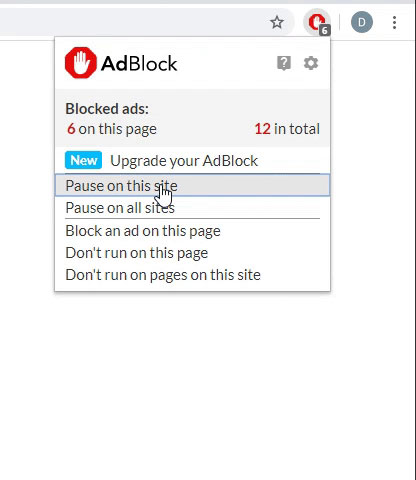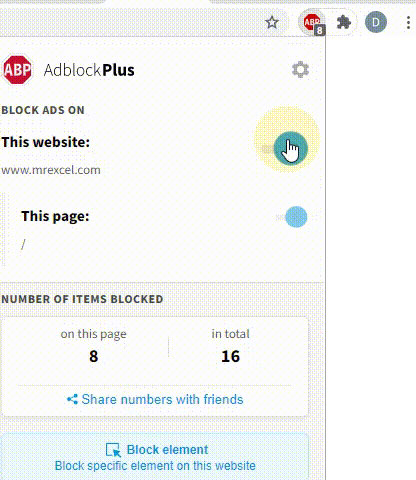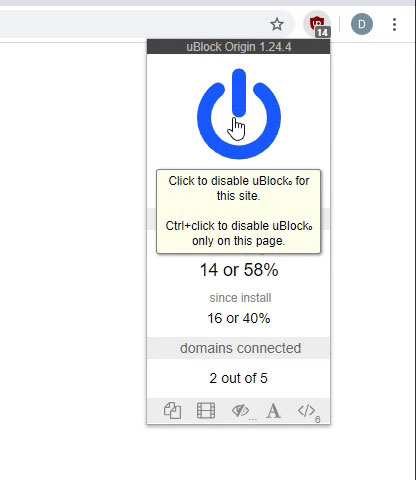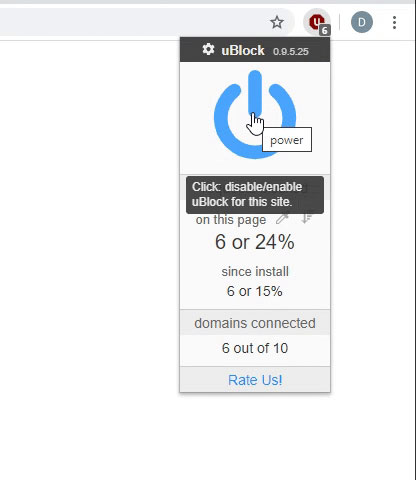-
If you would like to post, please check out the MrExcel Message Board FAQ and register here. If you forgot your password, you can reset your password.
You are using an out of date browser. It may not display this or other websites correctly.
You should upgrade or use an alternative browser.
You should upgrade or use an alternative browser.
Counting number of cells in a range with dates over a certai
- Thread starter alphazero
- Start date
Excel Facts
Remove leading & trailing spaces
Save as CSV to remove all leading and trailing spaces. It is faster than using TRIM().
eliW
Well-known Member
- Joined
- Mar 2, 2002
- Messages
- 1,940
Hi alphazero, and welcome to the board.On 2002-08-26 07:28, alphazero wrote:
I have a list of dates. I want to be able to count how many of those fields have dates that are 90 days or less from today's date.
Sorry if this has been covered before... I did try a search, but didn't find anthing.
Thanks!
Assuming your data is from A2:A100
=SUMPRODUCT((A2:A100<=TODAY())*(A2:A100>=(TODAY()-90)))
Eli
This message was edited by eliW on 2002-08-26 07:41
Upvote
0
Thanks for the quick replies. I tried the above formala, but am only getting a "volatile" message about my cell's value.
To be more specific, I have a list of dates, all of which are in the past. Of that list of dates, I want to be able to open the excel file at any time (any day) and have a cell that tells me how many cells have dates in them that are 90 days or less from today's date (today's date = date the file is open - so value will change from day to day).
I hope that is clear. Thanks for the help so far. :wink:
To be more specific, I have a list of dates, all of which are in the past. Of that list of dates, I want to be able to open the excel file at any time (any day) and have a cell that tells me how many cells have dates in them that are 90 days or less from today's date (today's date = date the file is open - so value will change from day to day).
I hope that is clear. Thanks for the help so far. :wink:
Upvote
0
Dave Patton
Well-known Member
- Joined
- Feb 15, 2002
- Messages
- 6,336
- Office Version
- 365
- 2010
- Platform
- Windows
On 2002-08-26 07:52, alphazero wrote:
Thanks for the quick replies. I tried the above formala, but am only getting a "volatile" message about my cell's value.
To be more specific, I have a list of dates, all of which are in the past. Of that list of dates, I want to be able to open the excel file at any time (any day) and have a cell that tells me how many cells have dates in them that are 90 days or less from today's date (today's date = date the file is open - so value will change from day to day).
I hope that is clear. Thanks for the help so far. /board/images/smiles/icon_wink.gif
try
=COUNTIF(rDateInfo,">"&TODAY()-90)
I named the date range but that is not essential; you can replace rDateInfo with your range of dates.
Upvote
0
Ok. One more challeng. :wink:
What if I wanted to filter these with another variable that exists on each line?
I.e. - I have list of dates with people's names attached to them... and I only want count the ones that are associated with "Joe Schmoe". Is this possible?
What if I wanted to filter these with another variable that exists on each line?
I.e. - I have list of dates with people's names attached to them... and I only want count the ones that are associated with "Joe Schmoe". Is this possible?
Upvote
0
Aladin Akyurek
MrExcel MVP
- Joined
- Feb 14, 2002
- Messages
- 85,210
On 2002-08-26 08:55, alphazero wrote:
Ok. One more challeng. :wink:
What if I wanted to filter these with another variable that exists on each line?
I.e. - I have list of dates with people's names attached to them... and I only want count the ones that are associated with "Joe Schmoe". Is this possible?
=SUMPRODUCT((DateRange<=TODAY()-90)*(NamesRange="Joe Schmoe")
will give you a count of dates 90 days or older which are associated with "Joe Schmoe".
Change<= to >= for "90 days or less".
This message was edited by Aladin Akyurek on 2002-08-26 10:58
Upvote
0
Dave Patton
Well-known Member
- Joined
- Feb 15, 2002
- Messages
- 6,336
- Office Version
- 365
- 2010
- Platform
- Windows
On 2002-08-26 08:55, alphazero wrote:
Ok. One more challeng. :wink:
What if I wanted to filter these with another variable that exists on each line?
I.e. - I have list of dates with people's names attached to them... and I only want count the ones that are associated with "Joe Schmoe". Is this possible?
try
=SUMPRODUCT((A2:A4=F1)*(B2:B4>TODAY()-90))
In the above, the criteria Joe Schmoe is in F1.
Revise the ranges to fit your information.
Upvote
0
Ok. THanks a lot.
I have another formula I am trying to get working:
=COUNTIF(AVERAGE(F23:F31), B5)
Basically, I want to get the average of a group of numbers... but only include the numbers associated with the value of "B5". I keep getting a message that I have an error... but can't see what is wrong with the above formula.
I have another formula I am trying to get working:
=COUNTIF(AVERAGE(F23:F31), B5)
Basically, I want to get the average of a group of numbers... but only include the numbers associated with the value of "B5". I keep getting a message that I have an error... but can't see what is wrong with the above formula.
Upvote
0
Similar threads
- Replies
- 11
- Views
- 295
- Replies
- 8
- Views
- 406
- Question
- Replies
- 1
- Views
- 313
- Question
- Replies
- 7
- Views
- 198
- Replies
- 3
- Views
- 50





